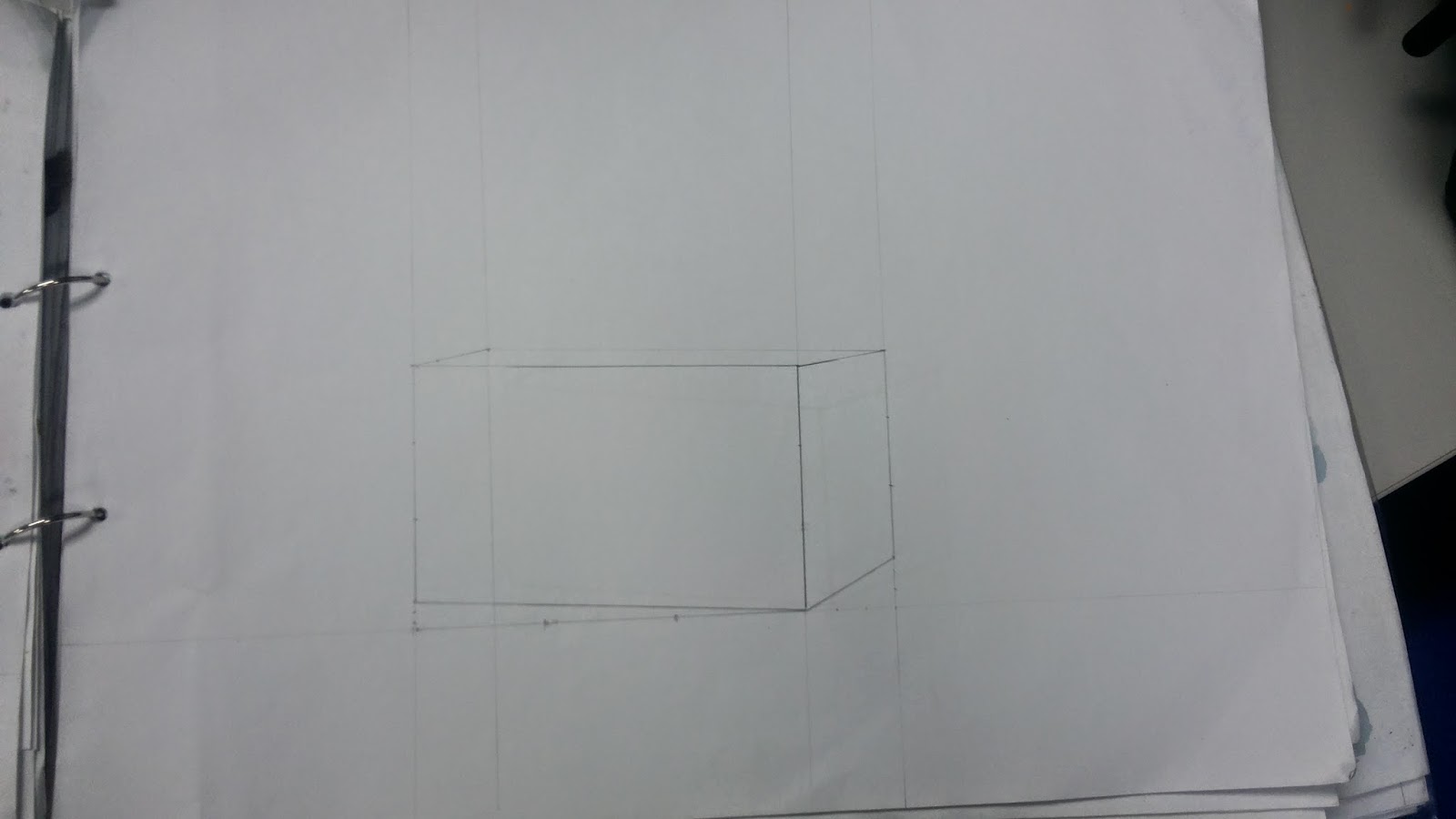THE ELEMENTS AND PRINCIPLE OF DESIGN
THE ELEMENTS OF DESIGN
The elements of design can be thought of as the things that make up a painting, drawing, design etc. Good or bad - all paintings will contain most of if not all, the seven elements of design.
1.Point - The smallest element of graphic design. Depending on a distance points of various sizes can be perceived. Designing with dots or points can create a wide variety of visual effects. There are various associations that can be made with positioning a single dot in different areas of a page.
THE ELEMENTS OF DESIGN
The elements of design can be thought of as the things that make up a painting, drawing, design etc. Good or bad - all paintings will contain most of if not all, the seven elements of design.
1.Point - The smallest element of graphic design. Depending on a distance points of various sizes can be perceived. Designing with dots or points can create a wide variety of visual effects. There are various associations that can be made with positioning a single dot in different areas of a page.
2.Line - Is a mark on a surface that describes a shape or outline. It can create texture and can be thick and thin. Types of line can include actual, implied, vertical, horizontal, diagonal and contour lines.
3.Shape - A shape is a self contained defined area of geometric or organic form. A positive shape in a painting automatically creates a negative shape.
4.Texture - Is about surface quality either tactile or visual. Texture can be real or implied by different uses of media. It is the degree of roughness or smoothness in objects.
5. Value - Is the degree of light and dark in a design. It is the contrast between black and white and all the tones in between. Value can be used with colour as well as black and white. Contrast is the extreme changes between values.
6. Form - is a 3-dimensional object having volume and thickness. It is the illusion of a 3-D effect that can be implied with the use of light and shading techniques. Form can be viewed from many angles.
THE PRINCIPLES OF DESIGN
1. BALANCE - Balance in design is similar to balance in physics. A large shape close to the center can be balanced by a small shape close to the edge. Balance provides stability and structure to a design. It’s
the weight distributed in the design by the placement of your elements.
2. PROXIMITY - Proximity creates relationship between elements. It provides a focal point. Proximity doesn’t mean that elements have to be placed together, it means they should be visually connected in someway.
3. ALIGNMENT - Allows us to create order and organisation. Aligning elements allows them to create a visual connection with each other.
4. REPETITION - Repetition strengthens a design by tying together individual elements. It helps to create association and consistency. Repetition can create rhythm (a feeling of organized movement).
5. CONTRAST - Contrast is the juxtaposition of opposing elements (opposite colours on the colour wheel, or value light / dark, or direction - horizontal / vertical). Contrast allows us to emphasize or highlight key elements in your design.
6. SPACE - Space in art refers to the distance or area between, around, above, below, or within elements. Both are positive and negative space important factors to be considered in every design.
1 . POINT
Point are the simplest element of visual design also focal point in our composition.
Sense of Movement
Overlapping a Point
Point of Direction
Different Type of Point
Illusion Of Depth
Individual Point
LINE
The linear marks made with a pen or brush or the edge created when two shapes meet.
Horizontal Line
Diagonal Line
Curved Line
Individual Line
![]()
Point are the simplest element of visual design also focal point in our composition.
Sense of Movement
Overlapping a Point
Point of Direction
Different Type of Point
Illusion Of Depth
Individual Point
The linear marks made with a pen or brush or the edge created when two shapes meet.
Vertical Line
Curved Line
Individual Line
SHAPED
A shape is a self contained defined area of geometric (squares and circles), or organic (free formed shapes or natural shapes). A positive shape automatically creates a negative shape.












A shape is a self contained defined area of geometric (squares and circles), or organic (free formed shapes or natural shapes). A positive shape automatically creates a negative shape.












TEXTURE
Texture is the surface quality of a shape - rough, smooth, soft hard glossy etc.
Physical texture
Physical texture, also known as actual texture or tactile texture, are the actual variations upon a surface. This can include, but is not limited to, fur, wood grain, sand, smooth surface of canvas or metal, glass, and leather.
Visual Texture
Visual texture is the illusion of having physical texture. Every material and every support surface has its own visual texture and needs to be taken into consideration before creating a composition
VALUE
FORM









































































No comments:
Post a Comment